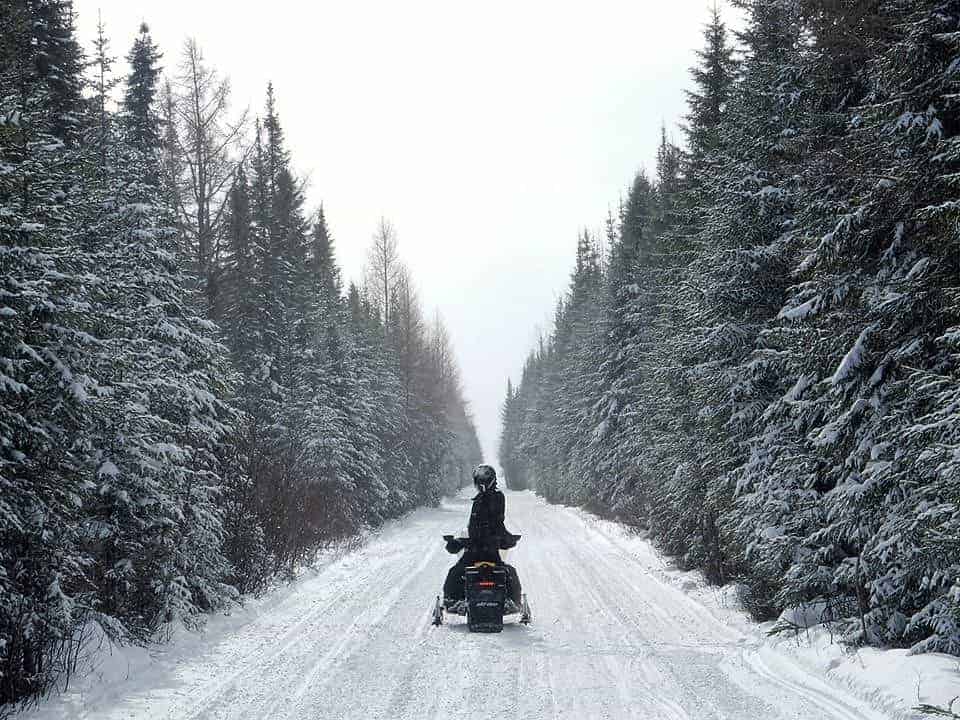When is TOO Much Pressure Enough?

Have you ever noticed that some days your sled handles predictably and others it is all over the trail? Do you have a machine that darts like crazy or does it plow through every corner? Works great in the morning, but then terrible in the afternoon? This is not a fact of life; there are things you can do to help. Understanding how your chassis works and how you can adjust it are quite simple and hold the key to a much-improved, safer ride. Most handling problems of this type can be sorted out by balancing out the ski pressure and the attitude of the skid frame. If this sounds complicated, don’t worry it is simple, the tricky part is recognizing the symptoms.
If your machine is darty, it either has too much ski pressure or nowhere near enough. To tell the difference, if it takes a lot of effort to turn the handlebars, has poor drive traction but brakes very confidently in a straight line, it has too much ski pressure. If the handlebars turn easy, the machine has decent drive traction, but is very unstable on the brakes, it has too much weight on the centre of the skid or not enough ski pressure. Either extreme will cause darting. If your sled doesn’t exhibit these symptoms but still plows, you are probably close but need to increase the ski pressure slightly. For your initial chassis tuning, you can lift or lower the front of the skid by adjusting the limiter straps up or down. If your machine doesn’t have this capacity, you can add or subtract preload on the centre shock. The other option of course is to adjust the preload on the ski shocks. More preload will increase the ski pressure, backing off the preload will lessen the ski pressure. It helps if you envision the snowmobile as only touching the snow in three places, the skis, the front of the skid and the back of the skid.
Also recognize that the trend of dual runner, concave type skis dart much less than a traditional ski but will tend to float on the snow rather than cut down through it. So, you can expect this type of ski to plow or under steer more than a conventional ski in all but the hardest pack conditions. Of course all of these suggestions are assuming that your track and carbides are aligned and in good condition, and your number of studs is balanced to your carbide length. Good luck have fun and safe sledding!
